3 min read
On January 11, 2025, I took the Shinkansen at 7:00 AM from my home to Nagano Station. The train ride was smooth and quiet, and I enjoyed looking at the winter scenery along the way. This was my fourth time visiting Nagano, following my ski trips to Ryuoo, Karuizawa, and Kamikochi. I don’t know why I can’t run away from this city.
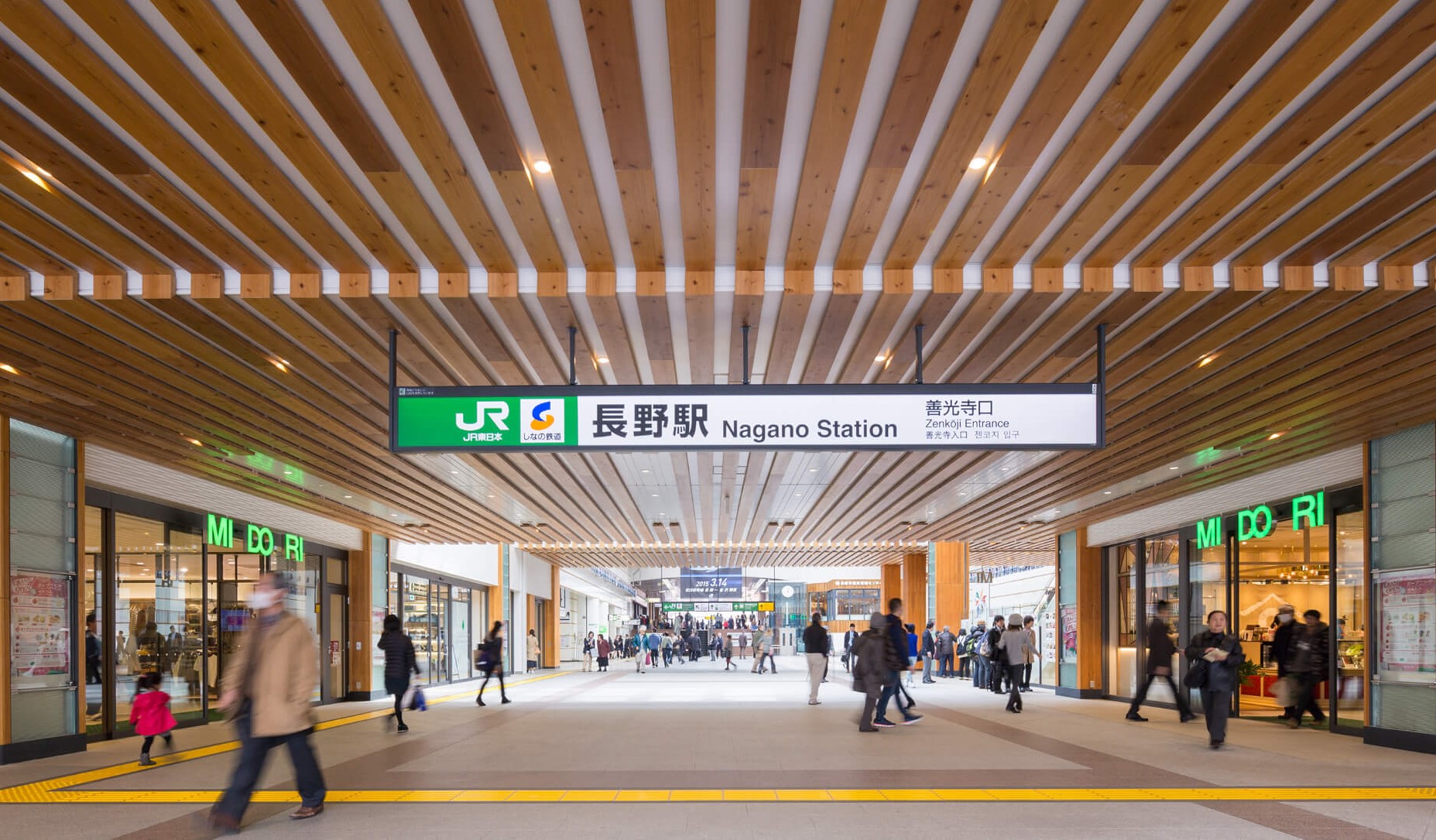
Shinkansen at Nagano Station
From Nagano Station, I took a bus to Togakushi Shrine, which took 1.5 hours. As the bus climbed the mountain roads, the view became even more stunning—snow-covered trees, peaceful villages, and clear winter skies. The beauty of the snowy landscape filled me with excitement for the visit.
When I arrived at Togakushi Shrine, I was greeted by a breathtaking winter scene. Everything was covered in snow, creating a peaceful and mystical atmosphere. I could see parts of the shrine peeking through the trees, making it look like a picture from a traditional Japanese painting.
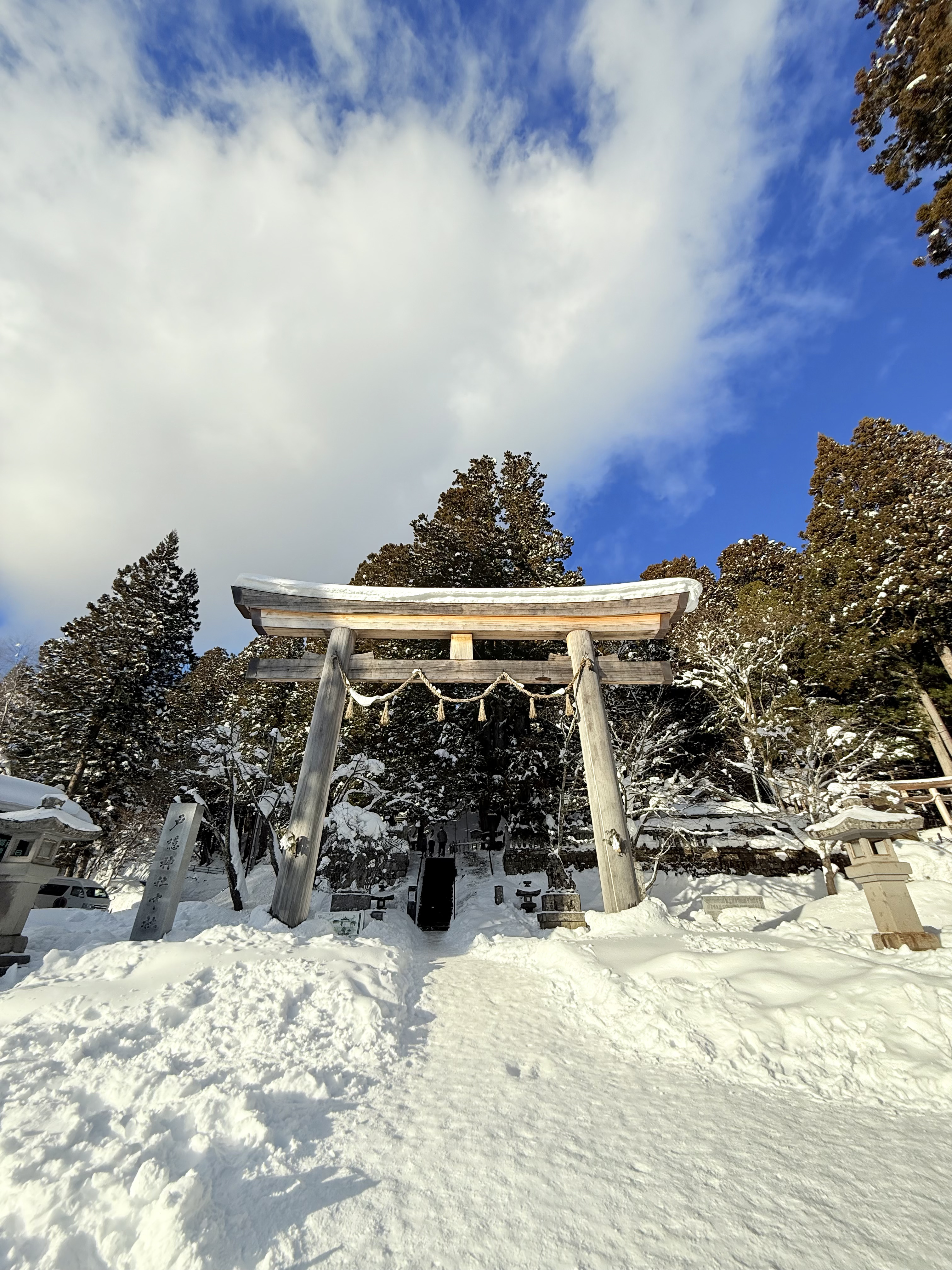
Lower Shrine (Hokosha)
I took some photos and enjoyed the crisp, cold air before starting my walk towards the main shrine. The peacefulness of the place made me feel calm and refreshed.

First place
To reach the Upper Shrine (Okusha), I walked 2.5 km from Zuishinmon Gate. The tall cedar trees along the path were covered in snow, making the walk feel magical and sacred. The quiet surroundings and soft sound of snow crunching under my feet added to the experience.

Zuishinmon Gate
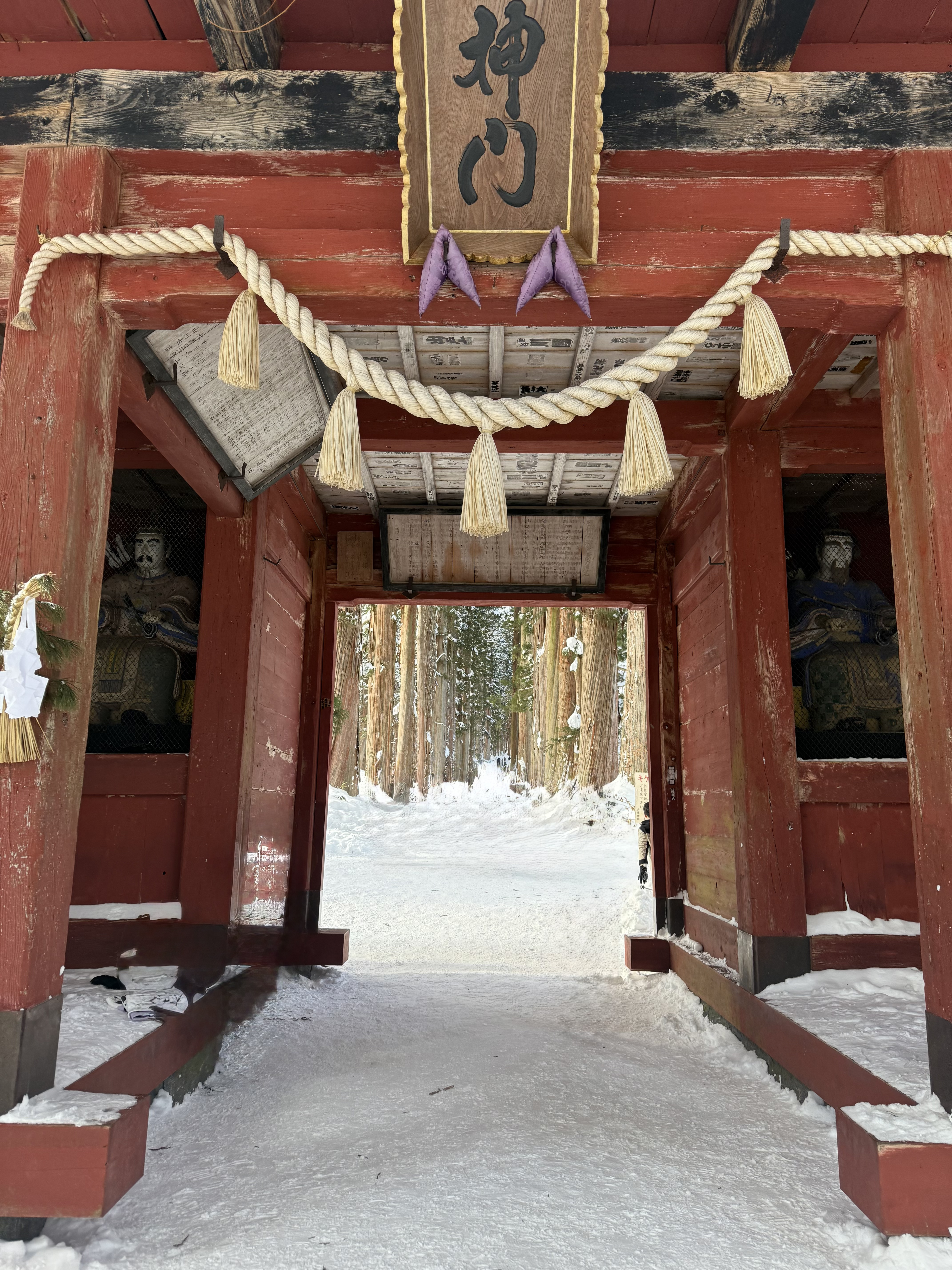
Zuishinmon Gate
Togakushi Shrine has several shrines spread across the mountain slopes, connected by trails and roads. Visitors first arrive at the Lower Shrine (Hokosha), where a long flight of stairs leads to the main hall. A 2 km hike from there takes you to the Middle Shrine (Chusha), located in a small village with shops and restaurants.
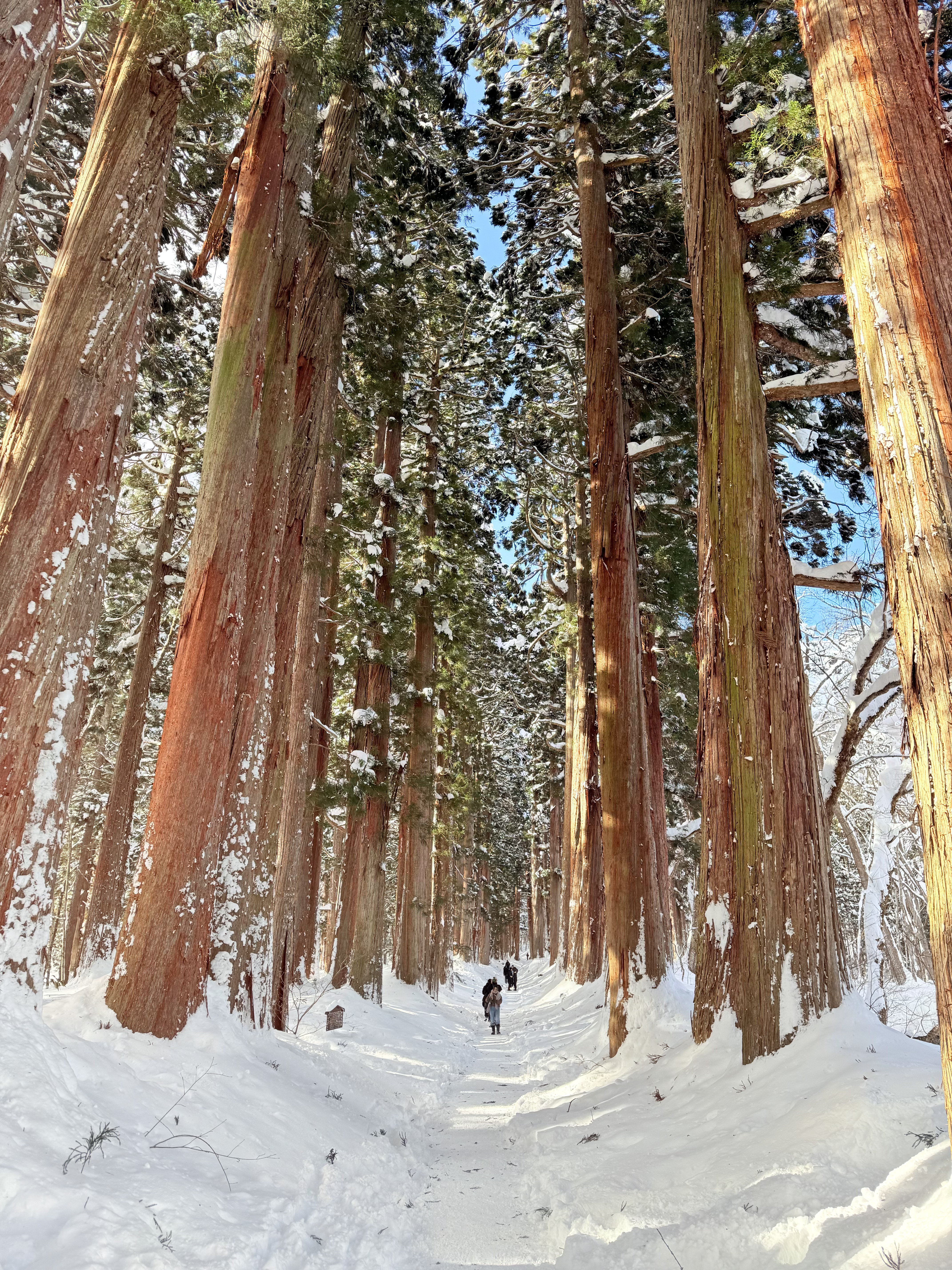
Along the way to Upper Shrine
Since I visited during the New Year, the experience felt even more special. In Japan, it is tradition to visit shrines at the beginning of the year to pray for good luck, health, and happiness. Being part of this tradition in such a beautiful and spiritual place was unforgettable.
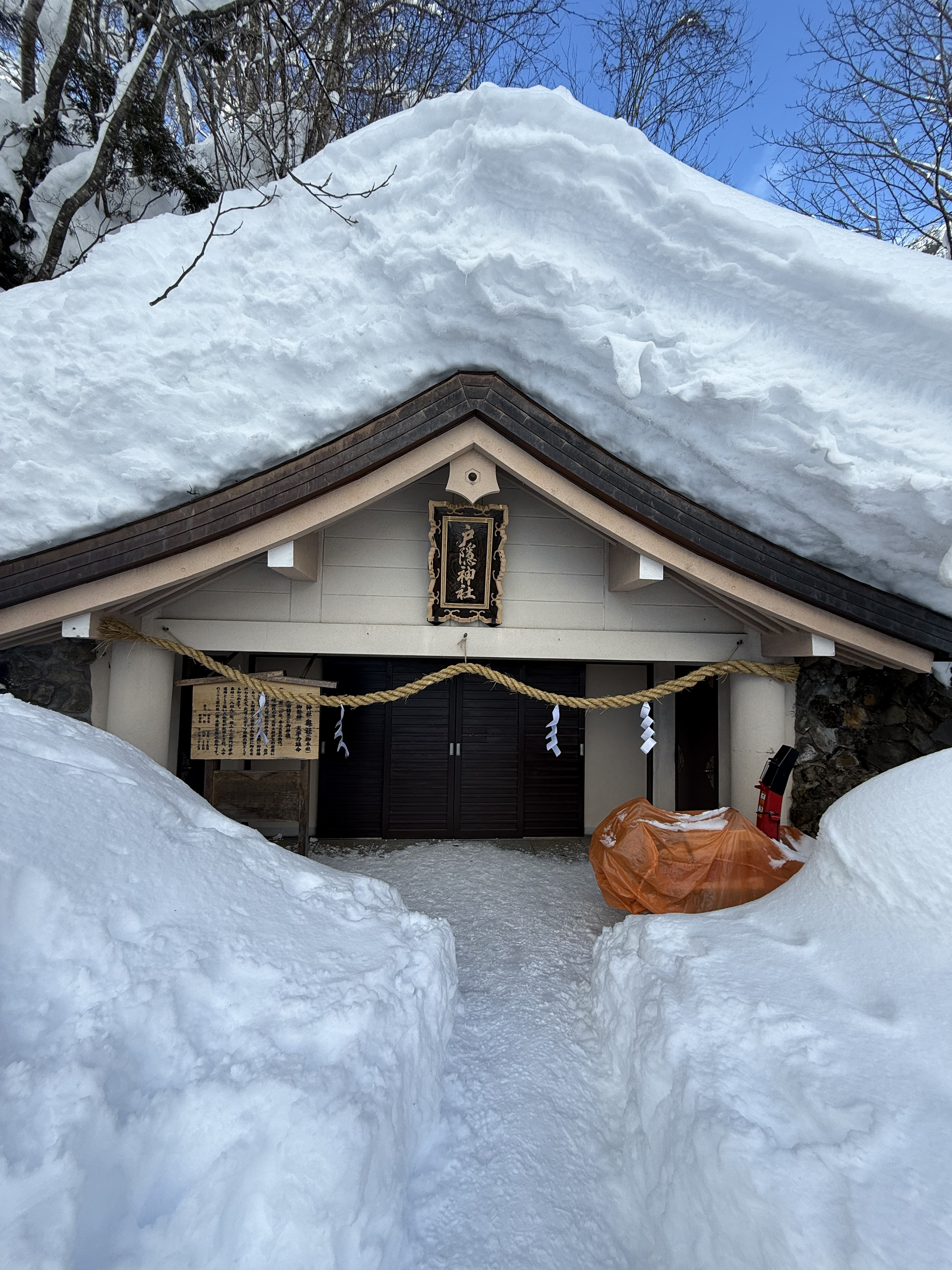
Upper Shrine
At the shrine, I also bought an omamori (a lucky charm), which is said to bring protection and blessings. Holding it in my hands, I felt a deep sense of appreciation for the journey.
After two hours of walking, I started feeling hungry. Since Togakushi is famous for soba noodles, I stopped by a local restaurant to try a bowl of hot soba.
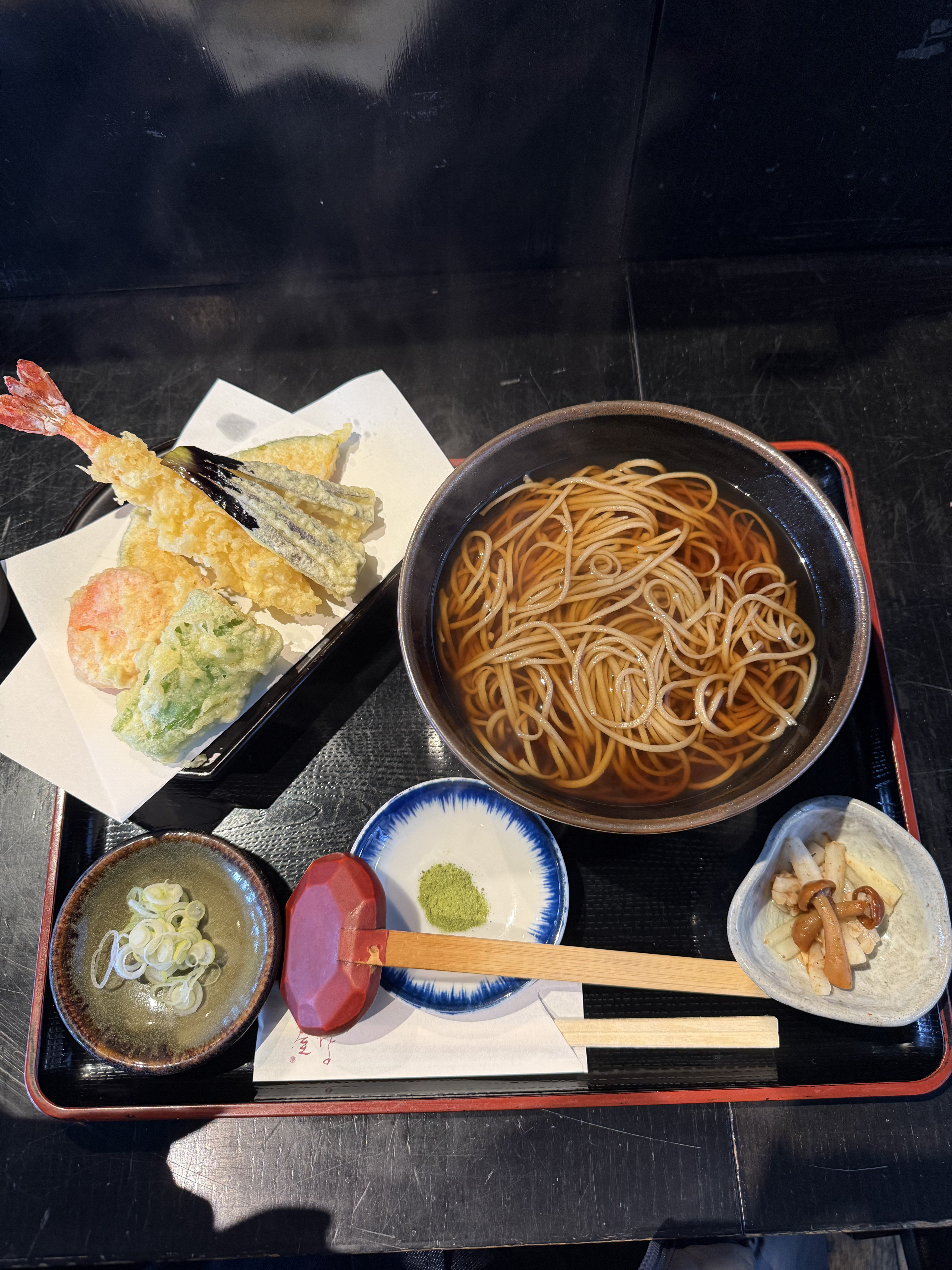
Hot Soba
The warm, savory broth and chewy noodles were delicious—the perfect meal for a cold winter day. The contrast between the freezing weather outside and the steaming bowl of noodles made the experience even better.
After my meal, I slowly made my way back to the bus stop. The ride back to Nagano Station gave me a final chance to enjoy the beautiful mountain views.
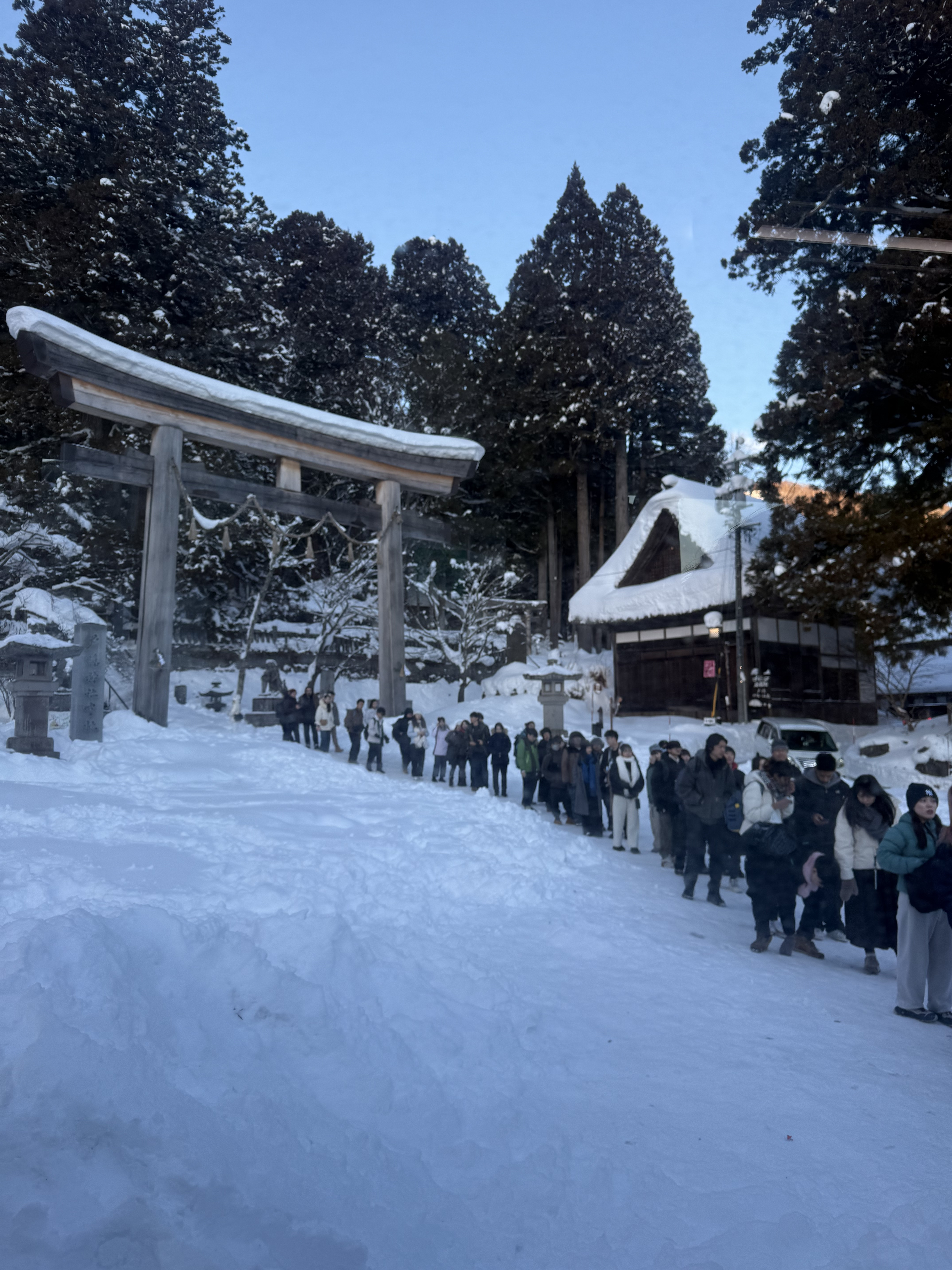
Back to Nagano city
Before boarding the Shinkansen home, I stopped at an ASEAN restaurant for a small drink and some rest. Sitting there, I reflected on the amazing day I had just experienced.

Nagano city
This trip to Togakushi Shrine was truly memorable. The combination of breathtaking snowy scenery, peaceful shrine atmosphere, and delicious food made it a perfect winter adventure.
Visiting a shrine at New Year felt special and meaningful, connecting me to Japanese traditions in a deeper way. If you ever visit Nagano in winter, I highly recommend going to Togakushi Shrine—it’s a place where history, nature, and tradition come together beautifully.
Author: -- Kimhoon Rin
Comments
No comments yet. Be the first to comment!